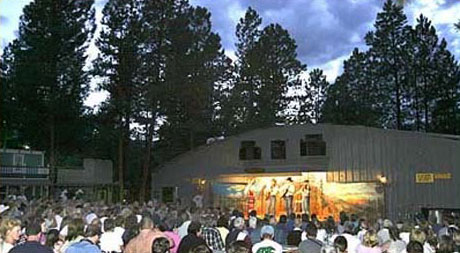xKuroiTaimax
Well-Known Member
Yes, I am stoned. Yes, I am starting an entire thread in celebration of Sarsaparilla. I love this stuff. I am on the verge of being addicted to it.
This is the last of it, in my favorite cup. I took some upstairs but I don't want to have to go back downstairs to go to the bathroom (and pour myself some more).
Who else likes this stuff? Or root beer, with all the extra stuff added.




This is the last of it, in my favorite cup. I took some upstairs but I don't want to have to go back downstairs to go to the bathroom (and pour myself some more).
Who else likes this stuff? Or root beer, with all the extra stuff added.







